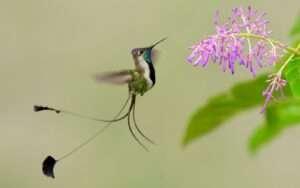
- +51 946 859 289
- wildandestours@gmail.com
- Av San Martin 617, Lima, Peru
Birdwatching is an exciting and rewarding experience, and Lima, Peru is a fantastic destination for avid birders. With a diverse range of habitats, Lima offers an impressive variety of bird species, including endemic and migratory birds. Here are some of the best birding spots around the city of Lima that you won’t want to miss.
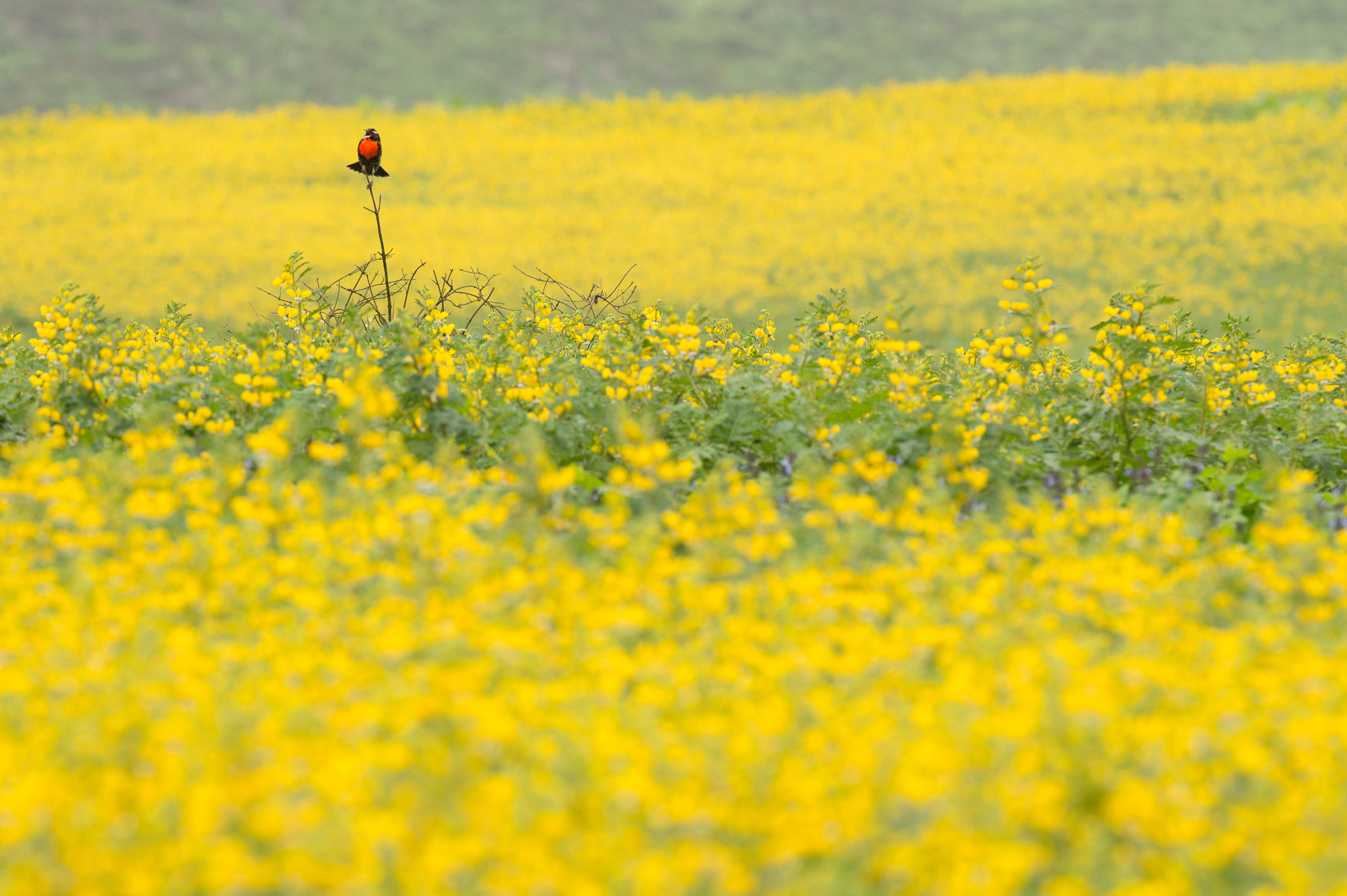
Located just a two-hour drive north of Lima, Lomas de Lachay is a unique destination for birdwatchers visiting Peru. This protected area is a rare example of a desert fog oasis, where mist from the nearby Pacific Ocean creates a lush ecosystem in the middle of the arid coastal desert. With over 100 bird species recorded in the reserve, Lomas de Lachay is a must-visit spot for anyone interested in birding Lima.
One of the most unique bird species that can be spotted in Lomas de Lachay is the Cactus Canastero. This small, spiky bird is perfectly adapted to life in the harsh desert environment, and is often found perched on cacti, using its curved beak to feed on insects. Another interesting bird species that can be found in the reserve is the Coastal Miner, a small, gray/brown bird that is endemic to the Pacific coast of Peru.
In addition to its rich birdlife, Lomas de Lachay is also home to a variety of other fauna, including the Sechuran and Andean Foxes and the cryptic Pampas Cat. These elusive carnivores are often difficult to spot, but visitors who are patient and observant may be rewarded with a glimpse of these fascinating creatures. Other notable species that can be found in the reserve include the Burrowing Owl, Variable Hawk, Andean Tinamou, and the Black-chested Buzzard-Eagle.
Visitors to Lomas de Lachay can explore the reserve on foot, following a network of trails that wind through the hills and valleys of this unique ecosystem. With stunning views of the surrounding desert and the nearby ocean, as well as the opportunity to observe a wide variety of bird and animal species, Lomas de Lachay is an unforgettable destination for birders and nature lovers alike.
In conclusion, Lomas de Lachay is a unique and fascinating destination close to Lima. With its rich birdlife, including the Cactus Canastero and the Coastal Miner, as well as a variety of other fauna, this protected area is a must-visit spot for anyone interested in experiencing the natural wonders of Peru. Whether you are a seasoned birdwatcher or a casual nature enthusiast, a visit to Lomas de Lachay is sure to be an unforgettable experience
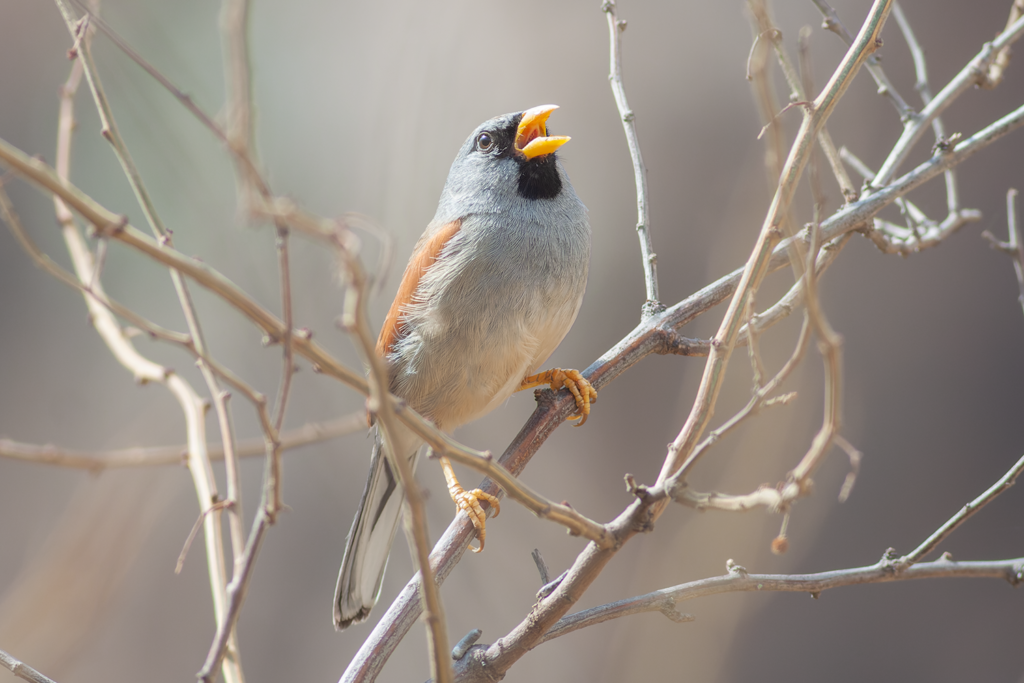
Santa Eulalia Valley, located just east of Lima, is a haven for birdwatchers seeking to explore the diverse bird species that inhabit the region. This area is unique for its dry, desert-like landscape, as well as its spectacular canyon views, which offer a glimpse into the ancient geology of the region.
The valley is home to a wide variety of bird species, including the majestic Andean Condor, and other incredible endemic birds such as the Black-necked Woodpecker, Black Metaltail, Bronze-tailed Comet, Great-Inca Finch, and Rusty-bellied Brushfinch.
One of the most spectacular birds to see in the Santa Eulalia Valley is the Andean Condor. These birds are known for their massive size and striking black and white plumage, and can be seen soaring above the canyon walls searching for food.
The Black Metaltail and Bronze-tailed Comet are two endemic hummingbirds found in the valley. Other hummingbirds seen regularly in the area are the Sparkling Violet-ear, Oasis Hummingbird, Purple-collared Woodstar, the breath-taking Peruvian Sheartail and the biggest hummingbird in the world, the Giant Hummingbird. Meanwhile, the Great-Inca Finch and Rusty-bellied Brushfinch can be seen darting in and out of the dry vegetation, as they forage for food.
In addition to the bird species found in Santa Eulalia Valley, the area boasts breathtaking scenery and fascinating geology. The canyon walls are composed of layered sedimentary rock, providing a window into the geological history of the region. Visitors can also catch a glimpse of other local fauna, such as Andean Foxes and Vizcachas, which are both native to the area.
Overall, the Santa Eulalia Valley is a must-visit location for any birding enthusiast traveling to Lima. The valley offers an unforgettable experience that will leave you in awe of the natural beauty of this region.
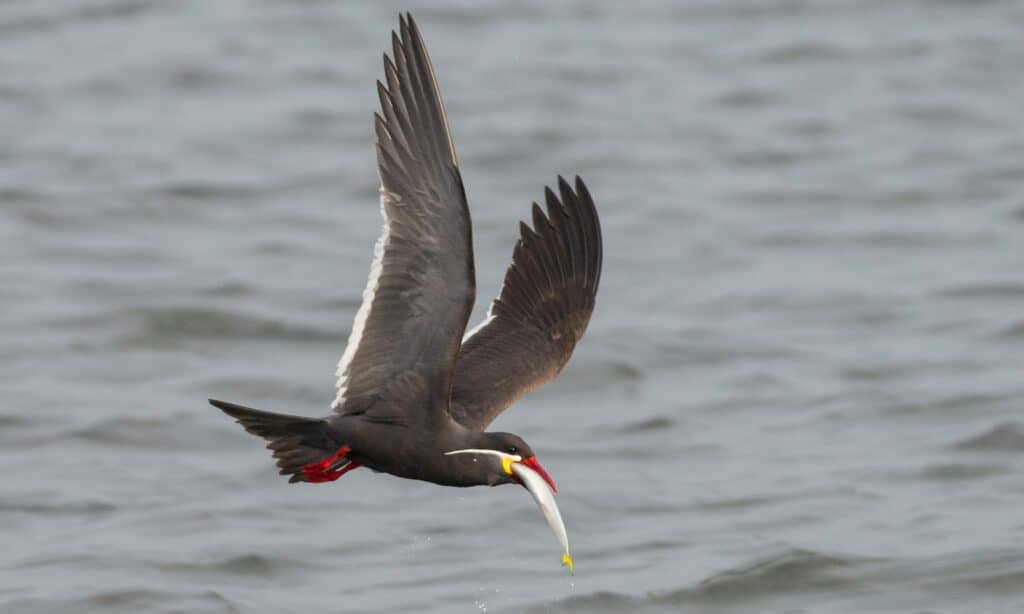
Pucusana, a small fishing village located about 60 kilometers south of Lima, is a true gem of the Peruvian coast. The town is located at the heart of the Humboldt Current, which flows from Antarctica and collides with the coastal desert, creating a unique ecosystem that is extremely productive.
The Humboldt Current is one of the world’s richest marine ecosystems, providing essential nutrients to support a variety of marine life, including fish, seabirds, and marine mammals. This area is particularly important for seabirds, as the upwelling of cold, nutrient-rich waters creates a bountiful feeding ground for them.
Pucusana’s ecosystem is home to a wide variety of fauna, including Guano Birds, the endangered Marine Otter, and South-American Sea-Lions. The guano birds, such as the Peruvian Boobies and the Guanay Cormorants, are particularly significant, as they are the primary source of nutrients for the ecosystem, as well as a significant source of income for the local communities who harvest the guano for use as fertilizer.
The coastal town of Pucusana is also an excellent place for birding. The area is home to a variety of seabirds, including the endemic Surf Cinclodes, which is found only in the Humboldt Current ecosystem. The Surf Cinclodes is a small, brown bird that scurries along the rocky shores searching for small invertebrates and crustaceans.
The main targets in this area include the Guanay Cormorants, Humboldt Penguins, Peruvian Boobies, Peruvian Pelicans, Red-legged Cormorants, and the breath-taking Inca Terns.
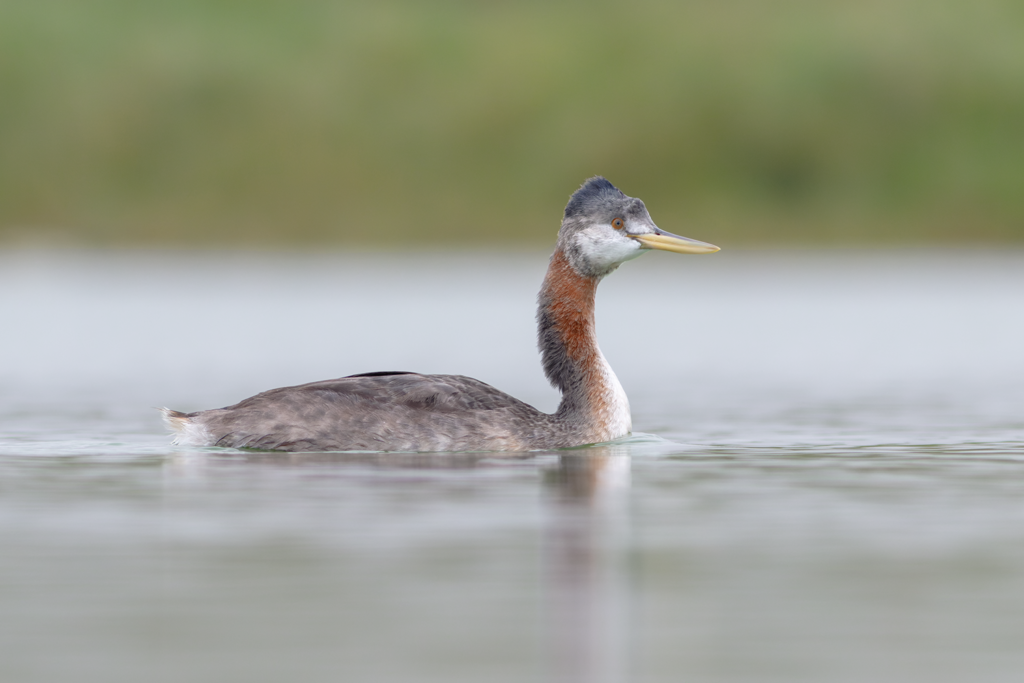
Pantanos de Villa, located just outside of Lima, Peru, is a wetland sanctuary that is incredibly important for migratory bird species. It covers an area of 263 hectares and is home to over 200 different species of birds. This makes it a popular destination for birdwatchers from all over the world who are interested in “birding Lima.”
One of the most notable bird species found in Pantanos de Villa is the Peruvian Thick-knee, which is a nocturnal bird that is often seen standing motionless during the day. Another species that birders love to see is the Burrowing Owl, which is a small, ground-dwelling owl that lives in burrows that it excavates itself.
The Great Grebe is another bird species that is commonly found in Pantanos de Villa. This bird is known for its elaborate courtship dance, which involves the male and female swimming towards each other and then performing a synchronized series of head-bobbing movements.
The Least Bittern is a small heron species that is found in the marshy areas of Pantanos de Villa. Despite its name, it is actually quite difficult to spot due to its secretive nature and its ability to blend in with its surroundings.
Finally, the Many-colored Rush-tyrant is a small songbird that is found in the reedy areas of the wetland. It is known for its distinctive yellow, black, and white plumage, as well as its loud and melodious song.
In addition to these five bird species, Pantanos de Villa is home to a wide variety of other bird species, including ducks, geese, herons, egrets, and many more. It is an important stopover point for migratory birds traveling along the Pacific coast, and it is also a vital breeding ground for many bird species.
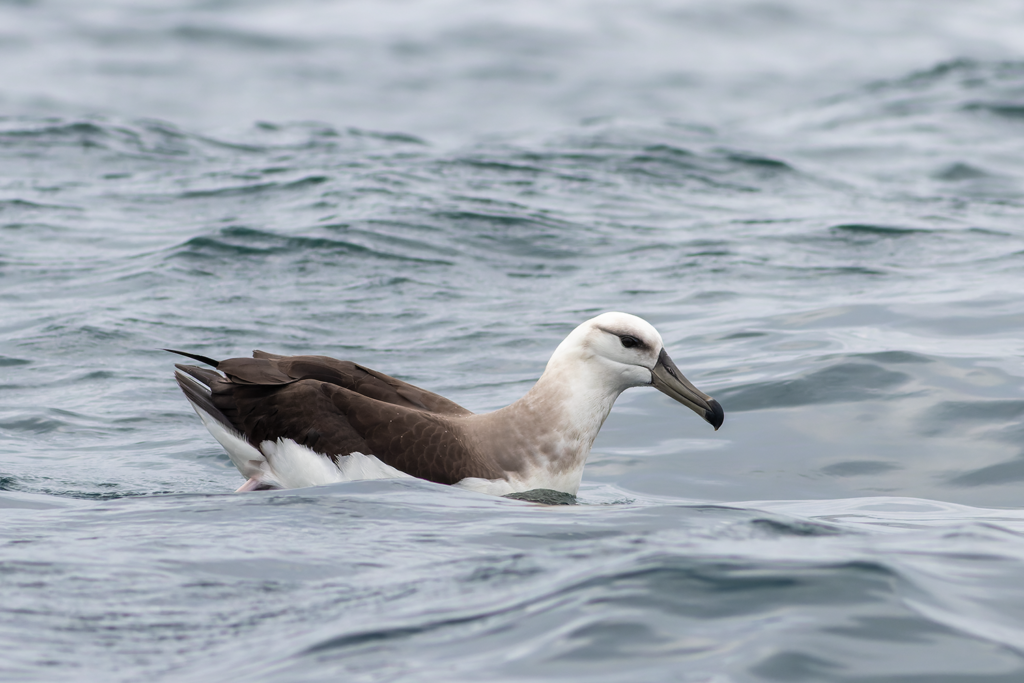
If you are a birding enthusiast, a pelagic birding trip out of Lima, Peru, should definitely be on your bucket list. Not only will you be able to spot some incredible bird species such as the Waves Albatross, White-chinned Petrel, Black-browed Albatross, and Hornby’s Storm-petrels, but you’ll also have the chance to see some amazing marine life, including the random Humpback Whale, and different species of dolphins.
Lima’s pelagic waters are known for being home to an incredible variety of seabirds, many of which are hard to find anywhere else. The Waves Albatross is one such bird species, and it’s always a treat to spot one soaring above the waves. Other regular birds seen in this trip are Sooty Shearwater, Pink-footed Shearwater, Parasitic Jaeger, Peruvian Diving-Petrel, Black-Storm-Petrel, Wedge-rumped Storm-Petrel, and Hornby’s Storm-Petrel.
The Hornby’s Storm-Petrel – also known as Ringed Storm-Petrel-, in particular, is a fascinating bird. Until recently, nobody knew where this bird species nested, but researchers finally discovered its nesting grounds in Chile. Seeing it in the wild is a rare and thrilling experience that birding enthusiasts shouldn’t miss.
In conclusion, taking a pelagic birding trip out of Lima, Peru, is an experience that should be on every birding enthusiast’s to-do list. Not only will you have the opportunity to spot some incredible bird species, but you’ll also have the chance to see some amazing marine life. From the Waves Albatross to sharks and dolphins, there’s always something incredible to see on these trips. So why not book your trip today and start planning your next birding adventure in Lima?
Welcome to Wild Andes! We offer unforgettable birdwatching and photography experiences for nature enthusiasts. Explore our popular destinations, upcoming tours, and travel alongside expert guides. Let us show you the incredible flora and fauna of Peru!
If you have any questions, or need to request additional details, please do not hesitate to contact us

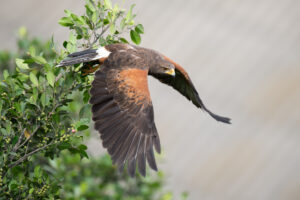
Subscribe to our newsletter and stay up-to-date with the latest news, offers, and tips.